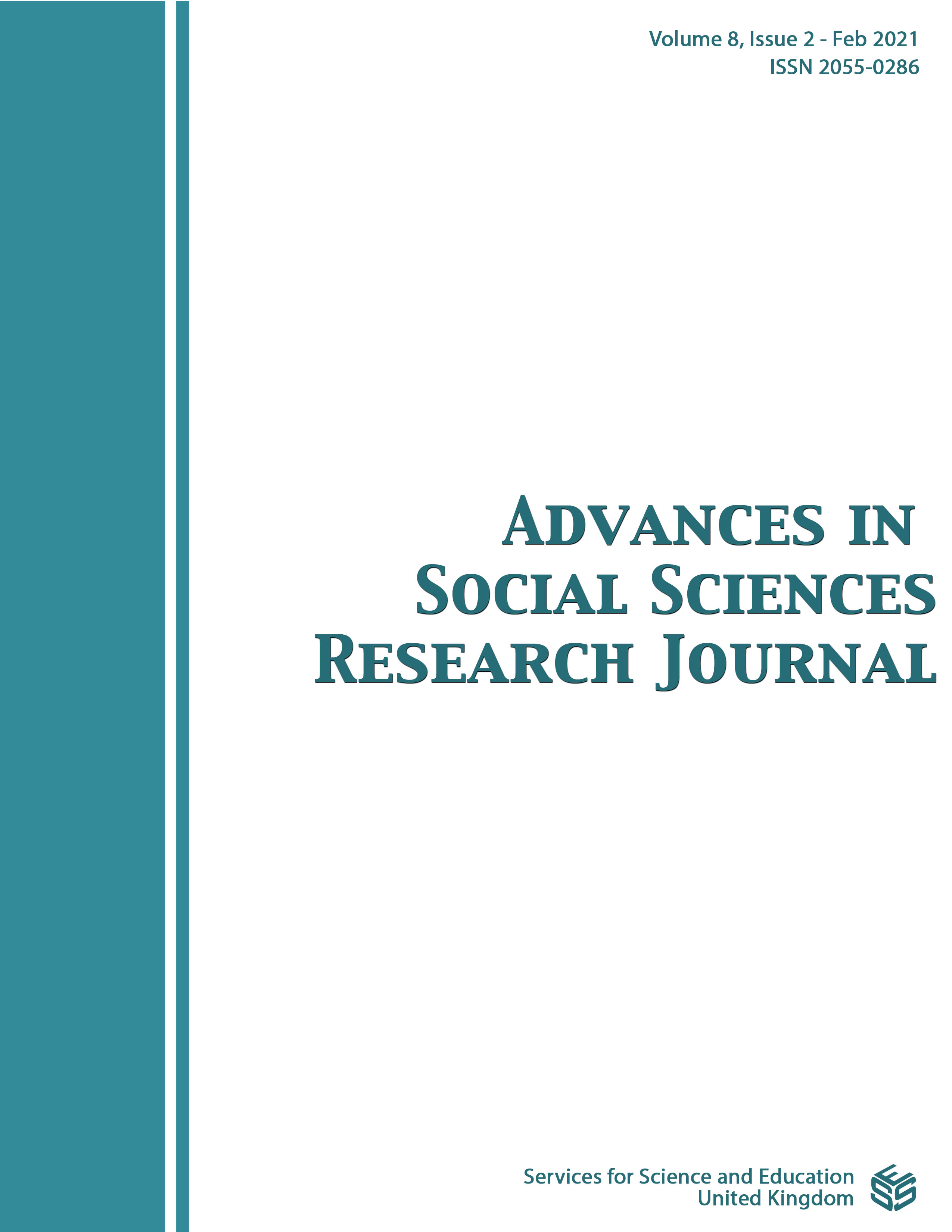Nepo-India Territorial Disputes Transformation by Dialogue Means
DOI:
https://doi.org/10.14738/assrj.82.9729Keywords:
Kalapani, Dialogue, Nepo-India, China, Territorial Dispute, Transformation and Peaceful Means.Abstract
Nepo is a prefix appellation of Nepal. This study is a review that connects with disputed Kalapani area. And it interacts with the concerned actors/institutions motivating for change professed through fundamental transformation by dialogical means. Its objectives are three-fold: (i) to examine the Nepo-India territorial dispute; (ii) to analyse the voices of all Tracks; and (iii) to find-out ways of dispute transformation through Dialogue Track. The lessons-learned centric approach inspired the author to undertake this study. The paper is prepared based on archival research with author’s over 100 international publications tracking snow-ball techniques. Dialogue shares possible transformative ways for negotiation. Any dispute leaves the most significant impact – victimizes the people at the local levels (Dialogue Track 3) the most. Grassroots people are honestly guided by ‘social service is the best philanthropic work of life’ and voluntarily participate in resolving the local dispute. Dialogue Track 2 is an unarmed peacekeeping or watchdog body which belongs to the leaders of professionals at the provincial levels. It connects between Track 1 and Track 3 dimensions. Dialogue Track 1 is the ambitious, complex and supreme authoritative body to hold official dialogue and transform the dispute signing negotiation. The dialogue transforms 3ds (difference, denial and divergence) of dispute in the new form ‘just’ by peaceful means. India adopts 4ds (delay, deny, dilute and deceive) strategies for dialogue in the lack of required testimonies. World’s largest democratic country India isolates itself in this region as it has territorial disputes with all the adjoining neighbours in the absence of sincere dialogue. Therefore, it is high time India sorted out the fault lines in its democracy.
Downloads
Published
How to Cite
Issue
Section
License
Authors wishing to include figures, tables, or text passages that have already been published elsewhere are required to obtain permission from the copyright owner(s) for both the print and online format and to include evidence that such permission has been granted when submitting their papers. Any material received without such evidence will be assumed to originate from the authors.






